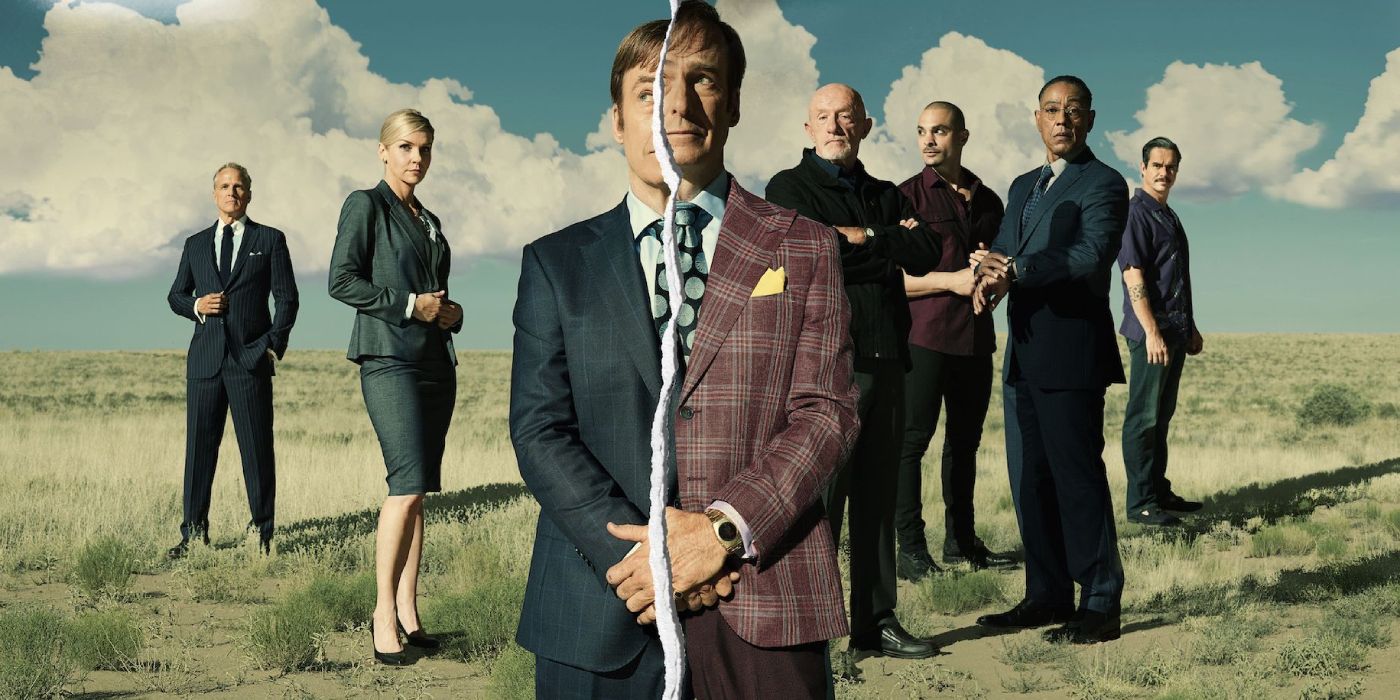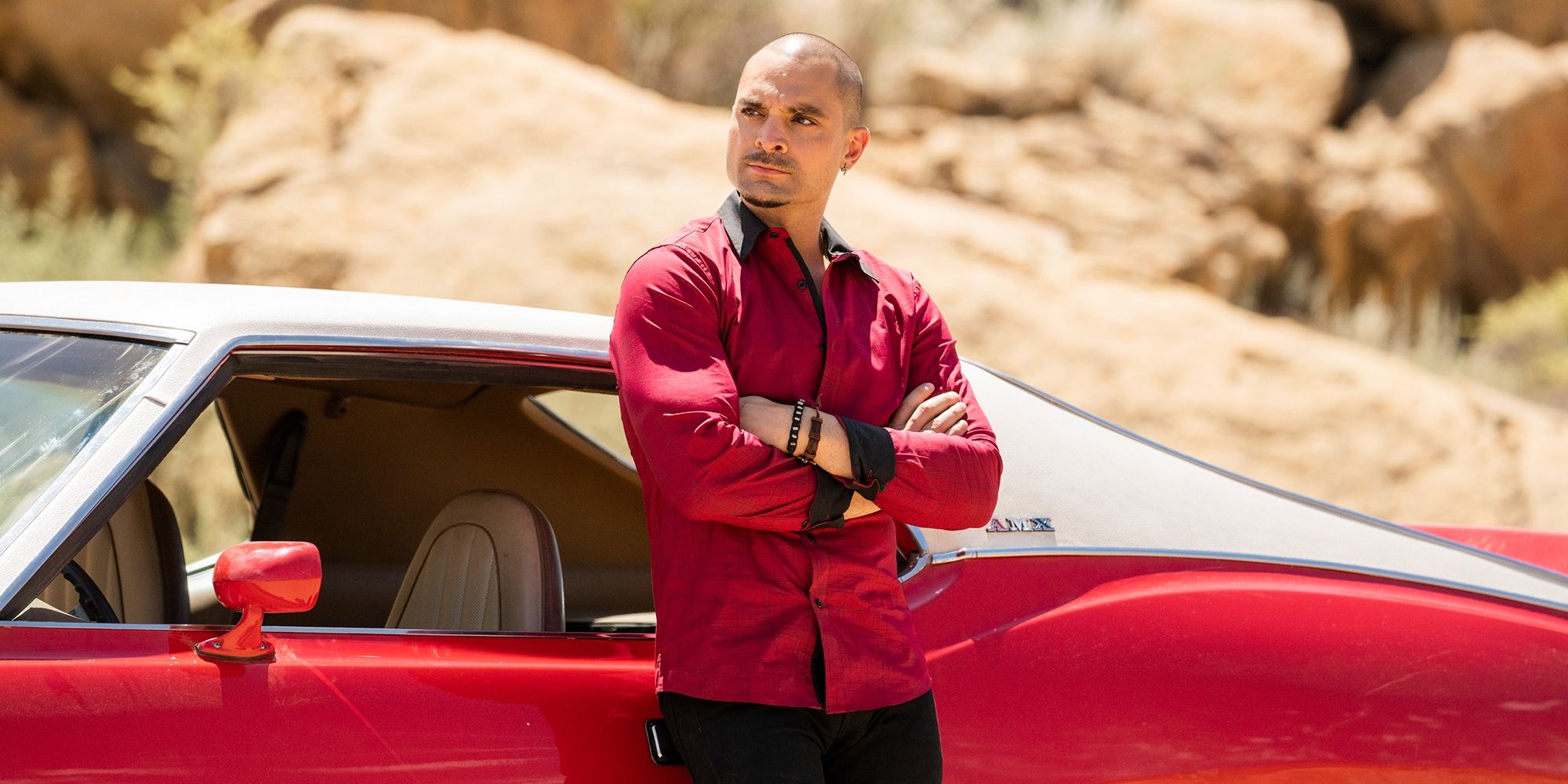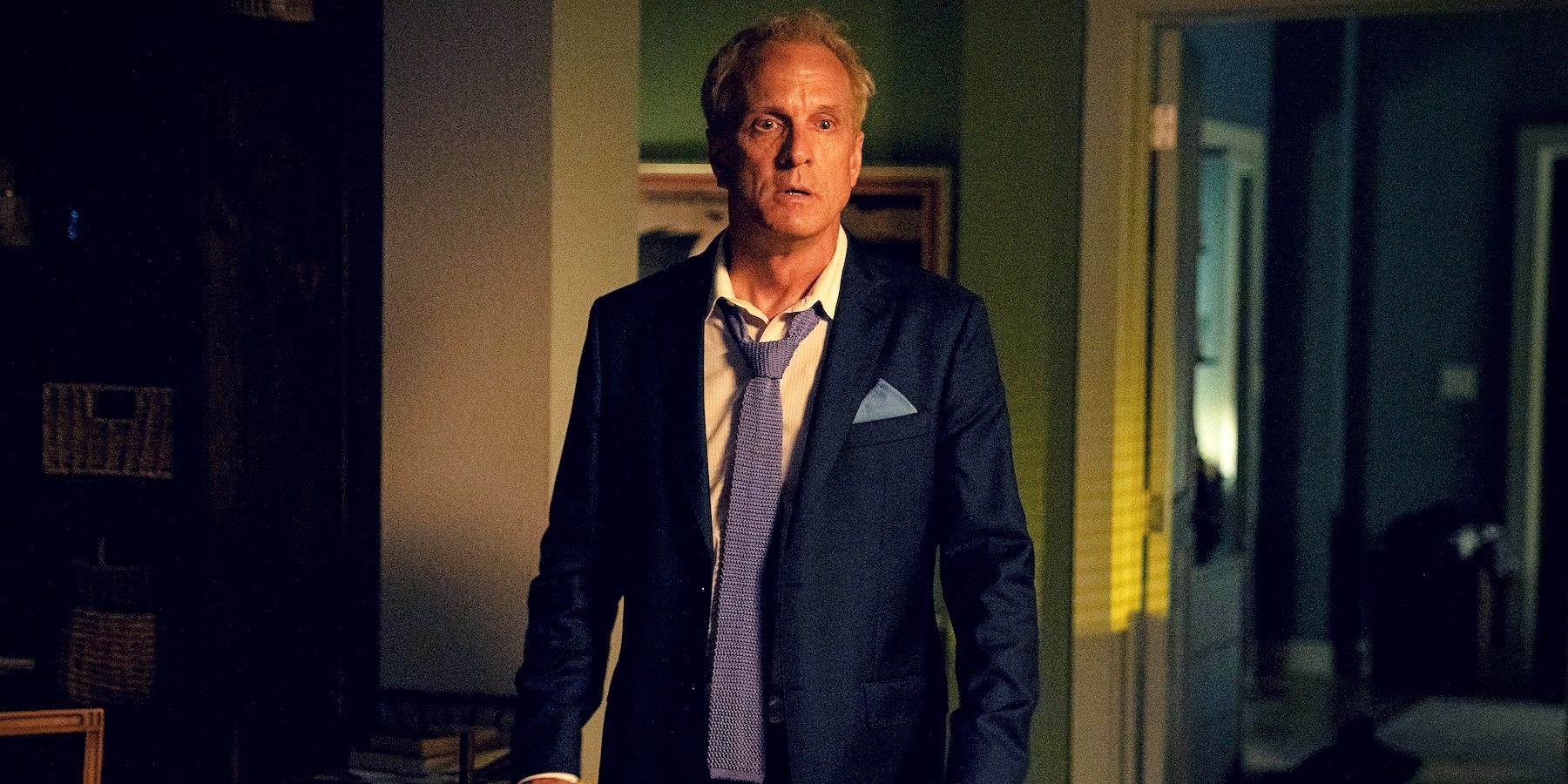The following article contains major spoilers for Better Call Saul, Season 6, Episode 7, "Plan and Execution."
When Howard Hamlin was introduced in Better Call Saul Season 1, Episode 1, "Uno," he was portrayed as condescending, petty and ruthless. Motivated almost exclusively by pride and ego, he made Kim and Jimmy's lives a living hell. However, by Season 3's end, viewers understood that this version of Howard wasn't all Howard's doing. In fact, audiences learned that most, if not all, of Howard's decisions that ultimately stunted Jimmy's growth as a lawyer were done at the behest of Chuck. With this revelation, it's hard not to empathize with Howard. Astutely, the writers understood this and leaned into flipping the audience's perception of Howard.
By Season 6's premiere, Howard's role as perceived-bully gave way to his new role of Kim and Jimmy's victim. He was their mark, their sacrifice to ensure they received Jimmy's cut of the Sandpiper case sooner rather than later. For them, the ends justified the means. After all, nothing truly awful would happen to Howard. At most, he might have to be on damage control for a year or two. Well, after everything went according to plan, Howard arrived at Kim and Jimmy's apartment under the pretext of confronting them. As he does, Lalo Salamanca shows up. Terrified, Kim instructs Howard to leave, which he doesn't take seriously. That is, until Lalo pulls out a pistol. After Howard utters his final complete sentence, Lalo points his pistol at Howard's head and pulls the trigger.
Many suspected that the disappointment surrounding Nacho Varga's death was there for a reason. As with Mike before him, Nacho had to die to make way for something masterful, or, at least, that's what fans hoped. After this week's episode, audiences will be happy to hear that their faith was rewarded. If Nacho's death perfectly encapsulated how to narratively mishandle a character's death, Howard's death is the complete and total opposite. Even in re-watching Howard's death scene, there's a marked dread and fear about everything that leads to his body clattering to the floor. It all feels so very innocent... until it's very much not.
Whereas Breaking Bad utilized the drug world to convey Walt's emotional damage, Better Call Saul utilizes farce for Jimmy. Succinctly, he's called "Slippin' Jimmy" for a reason: he's a con man. He, as Howard suggest moments before his demise, gets off on conning people. Making them feel small, making them feel duped. By the beginning of Season 6, there's a sense that Kim likewise finds satisfaction in the same act. Thus, they team up to con Howard. While morally questionable, there's absolutely no real worry or inclination that Howard's going to be physically harmed by the con. Therein lies the absolute brilliance of his end.
Typically, farce is never meant to irreparably damage someone. Essentially, it's a way of gaining something in the short term, no matter the bridges burned. In conning Howard, Kim and Jimmy assumed there'd be no long-lasting damage to Howard or consequences for them. Expertly, director/writer Thomas Schnauz and Co. ensured both of those things occurred via killing Howard. Not only is this both irreparable and irreversible, but it's all Kim and Jimmy's fault. They have to live with that for the rest of their lives, and that's narratively excellent.
If Howard's death is evaluated by the same standards as Nacho's, it's quite clear why Howard's death felt more impactful. Narratively speaking, this death was a precise consilience of Better Call Saul's A and B stories. The death and violence of Albuquerque's drug world crashes into the lighter, farce-filled world of lawyer Jimmy McGill like a derailed train. The narrative fruits of this creative culmination are immediately evident. As stated before, Howard Hamlin's death is entirely and completely on Kim Wexler and Jimmy McGill. In this way, his death pushes the story forward and will absolutely have a profound effect on the latter half of Season 6.
Audiences will absolutely see the fallout, both emotionally and otherwise, of Howard's death on Kim and Jimmy. Thus, his death has exceptional narrative purpose and drive. As well, it occurs at a point in Howard's life where all pertinent story threads related to his character have been mostly or entirely resolved. Consequently, the timing feels right for both Howard's emotional journey and the overarching plot of the show. When he died, viewers weren't thinking about some random bit of story potential related to something or someone that went unexplored à la Nacho. Instead, viewers felt shock and upset, which was the desired reaction.
Something that makes Howard's death particularly impactful is the tragedy of it all. Out of every main character in Better Call Saul, he's without a doubt the most purely innocent. Howard's a man who, at his core, wanted to do good. Sure, he sometimes made mistakes, let his ego get in the way, but he's a very complex, pure person at heart. He's trying to better himself. He's a survivor, and he's completely disconnected from the unbelievable darkness of Albuquerque's underworld. He's just a guy who got wrapped up in something he never should've been privy to. So, to see him so brutally murdered for simply being in the wrong place at the wrong time is heartbreaking. Undoubtedly, Howard's sincere presence will be greatly missed.
To see how Howard's death corrodes Kim and Jimmy's souls, catch the premiere of Better Call Saul Season 6's second half on July 11 on AMC.



